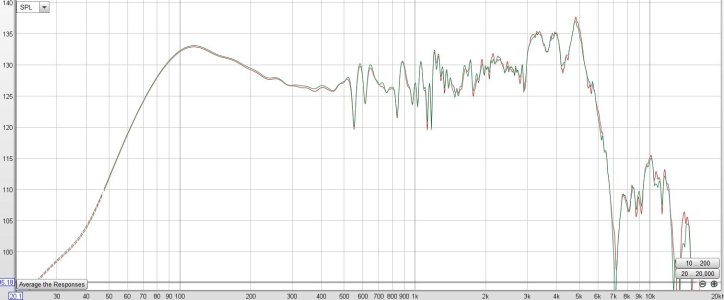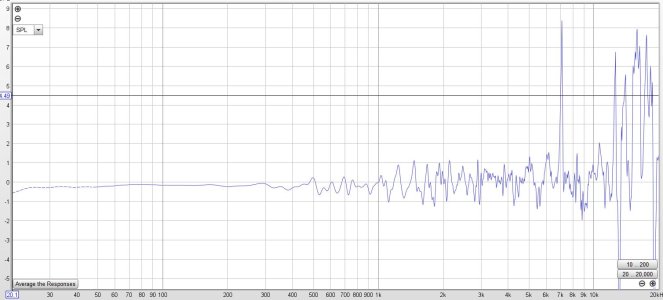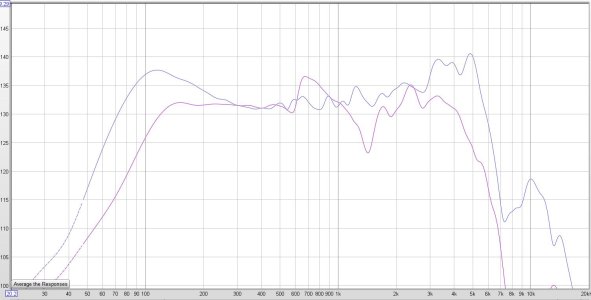James Freeman
Rock Star
- Messages
- 3,627
Note: Please don't click the 'Reply' button on this post to not quote the entire post, I may change or add stuff.
This time no tricks, just normal IRs captured with sweeps, deconvolved and normalized, the IRs are raw, no eq or processing whatsoever.
Each speaker captured individually with a single SM57 in 2.5mm (0.1") steps from Center to 8cm (3") left and about 2cm (0.75") away from the metal mesh, it is up to you to find the sweetspot like you would with a real speaker.
Some background;
I wanted to capture finer distance steps so I can find the sweetspot without going back and re-capturing the cab if I was not satisfied with an older capture. Now I can "move the mic" digitally with enough resolution to find the perfect point of each speaker.
I was of course inspired by the Quad Cortex and Line 6 Metallurgy where I can move the mics freely and wanted to try the same with my own cab and speakers. It was a tedious work to capture so many IRs with just one SM57 so I can definitely appreciate what IR vendors are doing.
Current Speakers:
Alnico Blue
Classic Lead 80
G12H Anniversary
G12H Redback
G12H 75Hz Heritage
G12H-75 Creamback
G12M EVH
G12M Greenback
G12H-65 Creamback
Vintage 30
Download Link:

EDIT:
Oct 27th; Added more speakers, download link changed.
EDIT2:
Oct 30th; Added more speakers and reshot all old speakers, download link changed.
This time no tricks, just normal IRs captured with sweeps, deconvolved and normalized, the IRs are raw, no eq or processing whatsoever.
Each speaker captured individually with a single SM57 in 2.5mm (0.1") steps from Center to 8cm (3") left and about 2cm (0.75") away from the metal mesh, it is up to you to find the sweetspot like you would with a real speaker.
Some background;
I wanted to capture finer distance steps so I can find the sweetspot without going back and re-capturing the cab if I was not satisfied with an older capture. Now I can "move the mic" digitally with enough resolution to find the perfect point of each speaker.
I was of course inspired by the Quad Cortex and Line 6 Metallurgy where I can move the mics freely and wanted to try the same with my own cab and speakers. It was a tedious work to capture so many IRs with just one SM57 so I can definitely appreciate what IR vendors are doing.
Current Speakers:
Alnico Blue
Classic Lead 80
G12H Anniversary
G12H Redback
G12H 75Hz Heritage
G12H-75 Creamback
G12M EVH
G12M Greenback
G12H-65 Creamback
Vintage 30
Download Link:
Code:
https://drive.google.com/file/d/1laMXRM65_WnmTTZKgc7ofmZkhIYdj2nB/view?usp=sharingEDIT:
Oct 27th; Added more speakers, download link changed.
EDIT2:
Oct 30th; Added more speakers and reshot all old speakers, download link changed.
Last edited:






